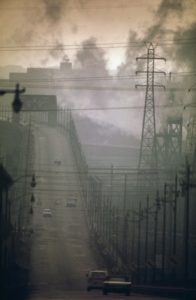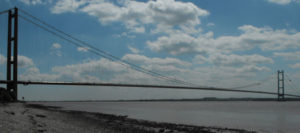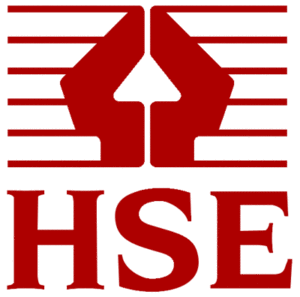Recently updated guidance from the HSE stresses the importance of using the correct Zone 0, 1 and 2 equipment during the manufacture of fibre-reinforced plastic products.
Plastics Processing Sheet no. 15 (Revision 1) was published at the end of 2015 and focuses specifically on reducing the risk of fire or explosion when working with the dangerous substances used in the manufacturing process.
These range from catalysts containing peroxides, to solvent-based resin accelerators, to styrene and acetone, and even clouds of dust that could burn or explode in the presence of an ignition source.
“Areas where flammable materials are stored and used should be classified into zoned areas; for vapours these will be zones 0, 1 and 2,” the publication states.
“Once the zoned areas are defined, the type of equipment that can be used within them can be selected.”
As a general rule of thumb, remember that Zone 0, 1 and 2 equipment literally cannot be ‘too safe’.
That is to say, Zone 1 equipment is designed to offer greater protection than Zone 2 equipment, and Zone 0 equipment is even safer still.
But Zone 0 equipment can be used in Zone 1, and both can be used in Zone 2 – so if in doubt as to the level of threat, it is wise to err on the side of caution in each case.



